Green Abbot
The inner rubble cores of the walls of the many of the major buildings of the abbey still stand. The only parts of the Abbey Church that still exist are fragments of the piers of the central tower, together with parts of transepts, especially the south transept. In a range to the south of this transept are, in order, the remains of the vestry, the chapter house, the infirmary passage and the basement of the dorter or monks dormitory. The best preserved of these ruins are those of the chapter house, which is apsidal and has a triple entrance and three great windows above. To the west of this range, the site of the cloister is laid out as a private garden. The ruins are Grade I listed.
The Beautifying this hill…
In 1150, what is now Forbury Hill was constructed to help fortify the Abbey during the civil war between King Henry I's daughter, Matilda, and his nephew, Stephen.
In 1854, Forbury Hill and the eastern section of the present gardens were sold to Reading Corporation at the cost of £1200, of which £400 was donated by the previous owner, a Mr Wheble. The resulting gardens were planned with a ‘botanical character', a fountain and a summer house, and became known as the Pleasure Gardens. Work started in 1855 and the Pleasure Gardens opened on Easter Sunday 1856. A tunnel was built on the eastern side in 1859 to link the gardens and the Abbey ruins.
Maiwand Lion
The Maiwand Lion statue was erected in 1886 to commemorate the loss of 286 soldiers (though the exact number varies by account) from the 66th Royal Berkshire Regiment at the Battle of Maiwand in Afghanistan on the 27 July 1880. The sculptor of this 31-foot statue was George Blackall Simonds and was unveiled in December 1886. It is sometimes known locally as the Forbury Lion.
Beautiful
According to unverified tradition, Saint Birinus founded a small chapel on the site of Reading Minister in the 7th century. Silver coins of the 9th century have been found in the churchyard, dating back to the period when Kings Ethelred and Alfred of Wessex were fighting the Danes at Reading, and also the era in which Reading supplanted Calleva Atrebatum (Silchester) as the local centre of importance.
In 979, Queen Ælfthryth, wife of King Edgar of England, founded a royal nunnery on the site as an act of repentance for the murder of her stepson, King Edward the Martyr. All that remains of this nunnery is a rounded Saxon door in the church, most likely used by the nuns to attend church services.
In the 11th century, the Danes sacked Reading and the nunnery was destroyed. By the time of the Domesday Book, the church had been granted to Battle Abbey by William the Conqueror.
In 1121, King Henry I founded Reading Abbey which grew to become one of the most important religious and political centres of England. For the following 400 years the Abbey was the centre of ecclesiastical power in the town, and the Abbot also held the post of Rector of St Mary's.
The main body of the church dates from the late 11th Century, however in 1539, the Abbey was dissolved on the orders of King Henry VIII. In the Reformation that followed, St Mary's church was stripped of its altar, statues and stained glass, and by 1550 was in need of extensive repair. Between the years of 1551 and 1555 the church was extensively restored, using quantities of masonry and timber from the ruins of the Abbey. Contemporary accounts include payments for the dismantling and carriage of the Abbey's choir and nave roof, and is believed that the pillars which now separate the Minster's south aisle from the nave came from the Abbey.

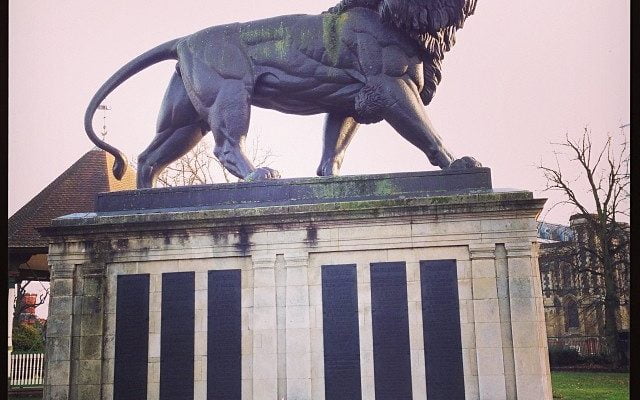
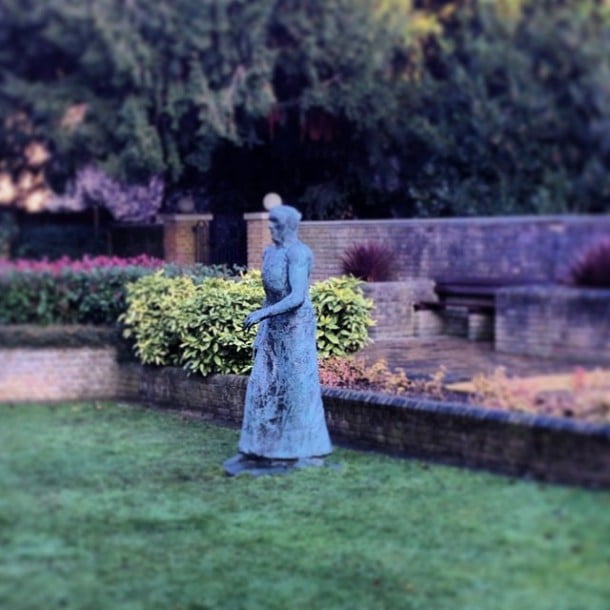
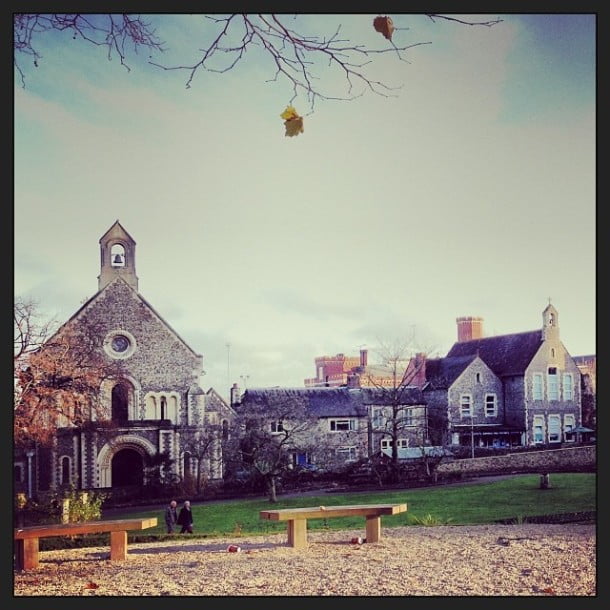
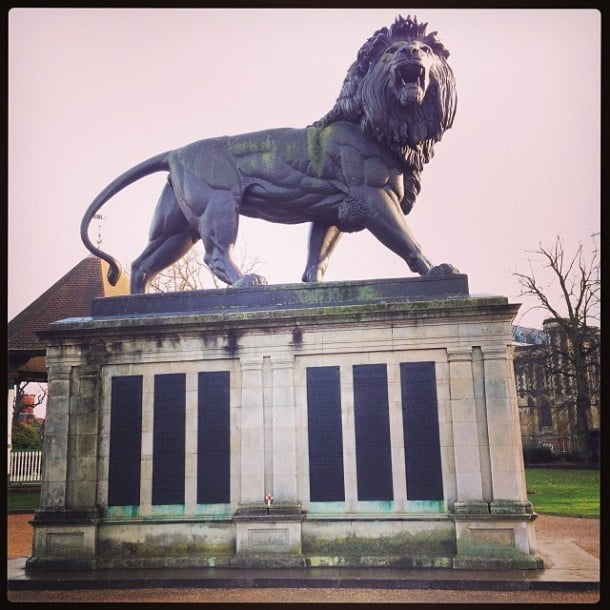
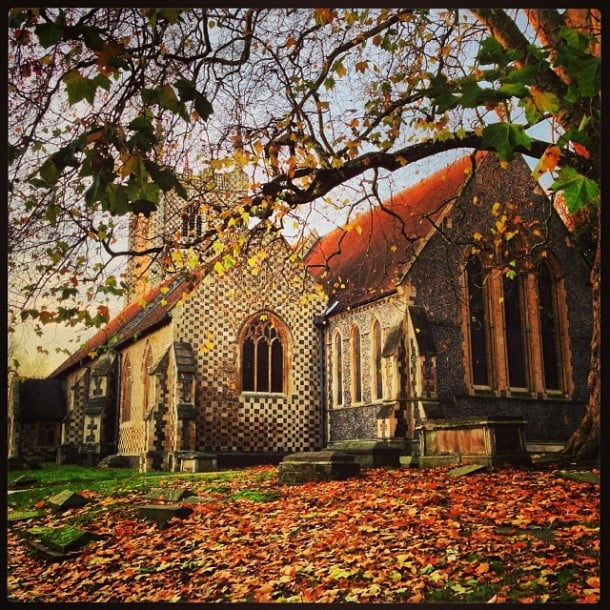


Comments